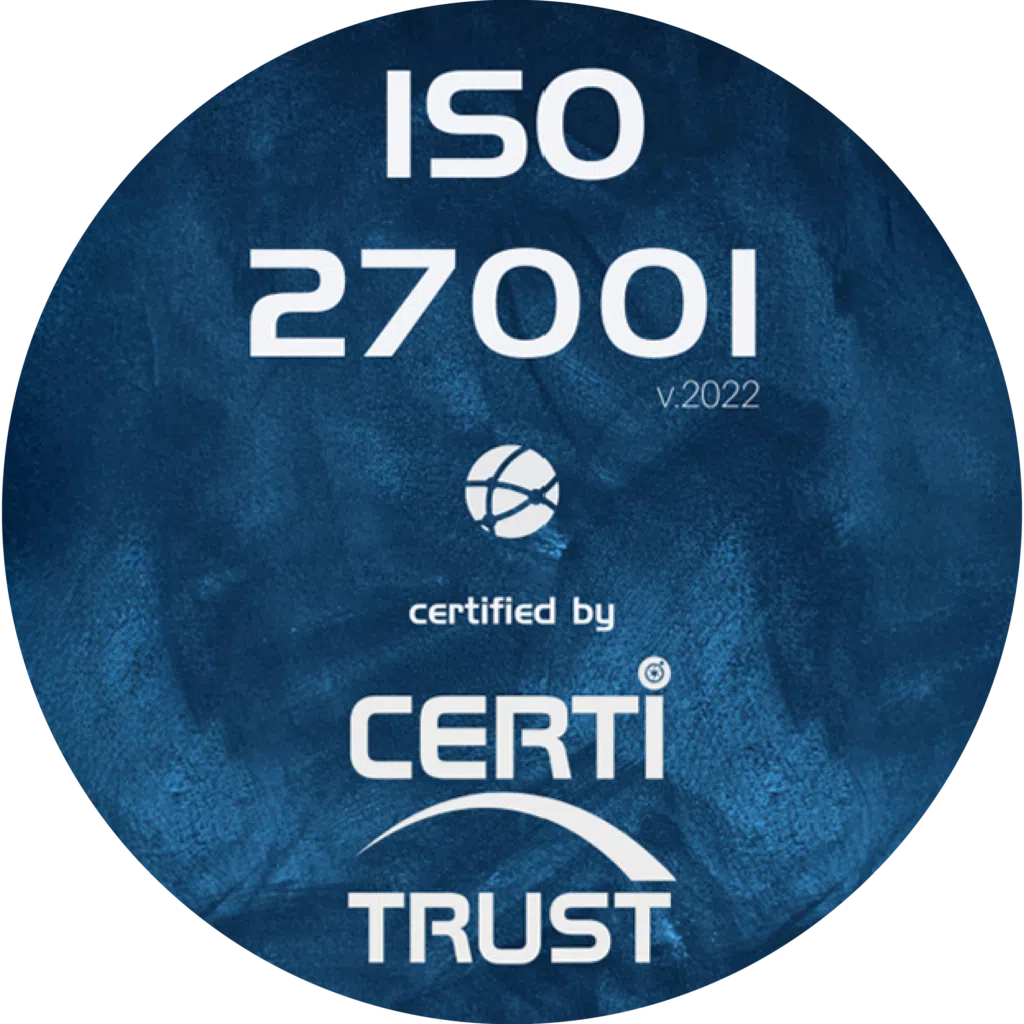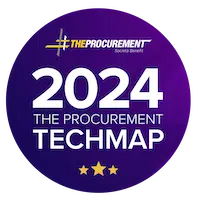The purchase order is familiar to all companies that purchase products, goods and services. This document is a key element in a company’s purchasing and sales process. Find out more about what a purchase order is, and what it implies for company management.
Definition of a purchase order
A purchase order is a commercial document that binds the seller and the buyer in the event of an intention to purchase. It is mainly made up of the details of the order and the obligatory information required to certify its authenticity. It enables the buyer and seller to agree on prices, products and delivery terms, and to undertake to respect them, with full knowledge of the relevant conditions. A purchase order is therefore a commercial document that summarizes all the terms and conditions of the service, but it is not a mandatory document for making a sale. The signed document then enables the customer to check that the products he has received conform to the order placed.
For the supplier, the purchase order enables sales to be traced, and can be drawn up by either party. In fact, suppliers tend to ask buyers to sign a purchase order when they don’t have one, in order to meet their commercial management needs, as in the BtoC sector for example, where private individuals have no interest in having professional purchase orders. However, good practice must come from the customer’s side, i.e. the buyer. It is created by the purchasing department or by the person who wishes to place an order for the company. Its creation can be facilitated by purchasing management software, which enables the document to be produced quickly and accurately.
The usefulness of a purchase order for a purchasing company
As we have seen, a purchase order is a bilateral contract: a reciprocal commitment between buyer and supplier, with obligations for both. The seller is obliged to fulfill the order in accordance with the stipulated conditions, while the buyer undertakes to collect the goods and pay for them if this has not been done beforehand.A company that buys uses purchase orders to professionalize its purchasing.
First of all, issuing purchase orders guarantees legal certainty for the buyer. If the supplier fails to deliver the expected services, how can the buyer prove that the delivery does not conform to the order? The purchase order contains all the information required for the purchase, to avoid disputes and guarantee traceability of purchases; it also guarantees the company’s purchasing process and therefore the commitment to spend.
The purchase order is a central element in this process, as it formalizes the act of purchasing. Finally, downstream in the process, the purchase order identification number enables the supplier invoice to be reconciled more rapidly. This saves a considerable amount of time when you consider how much time is wasted tracking down the origin of an invoice and confirming its payment internally.


Good to know when creating a purchase order
Creating a purchase order involves more than simply adding details of the products in question, their prices and delivery times. In fact, other information appears on the purchase order in addition to the main information. For example, there are the compulsory details concerning the identity of the supplier, and above all the information relating to the buyer in a company:
- company name,
- invoicing address (often the head office)
- legal form of company
- sIRET or SIREN number and RCS number
- share capital
- vAT number
Purchase conditions may be attached to the purchase order. They often specify the company’s payment terms, and may supplement the supplier’s general terms and conditions of sale. However, they cannot replace the supplier’s general terms and conditions of sale, which are legally binding.
What’s the difference between a quotation and a purchase order?
Although a purchase order and a quotation are both at the origin of a commercial transaction, they remain different. A quotation is primarily used to communicate a proposal. The seller gives a clear idea of the price to be charged, based on the products/services chosen by the customer, thus avoiding the need for an approximate price. But the quotation is not binding on either party. As for the purchase order, it is mainly intended for the sale of products, goods and raw materials, and its purpose is to validate the conditions of a transaction between the seller and the buyer, once the document has been signed or acknowledged by the sales department.
Once the quotation has been signed and validated, it becomes a binding contract between the supplier and the company. It provides security for the seller, in the sense that the customer accepts the conditions set out on the purchase order.
What is the legal value of a purchase order?
A purchase order acknowledged by the seller is an offer of a contract that stipulates his commitments. They concern prices, goods or raw materials, and delivery times. That’s why it’s important to generate it as a corporate buyer, or to sign it as a private customer, since the document then acts as a contract. Both parties are bound by it, and must follow through on their respective commitments. In short, a purchase order has legal force only if the customer agrees to commit to it by signing it by hand or electronically. The purchase order is generally sent in acceptance of the general terms and conditions of sale. The accepted purchase order provides a legal framework covering the parties involved. It should not be confused with a delivery note.
What happens to the purchase order if the supplier goes out of business?
Even if a supplier is no longer able to honor its commitments, the contract between the two parties still exists, even if legal proceedings have been initiated. In the first instance, it is advisable to contact the court-appointed trustee or liquidator to decide whether to cancel the order or honor the contract. This request is made by registered letter with acknowledgement of receipt. On receipt of the letter, the trustee has one month in which to respond to the request, and if the response is negative or non-existent, the purchase will be automatically cancelled.
However, if the payment has already been made, it is important to quickly declare the claim to the creditors’ representative. This does not guarantee effective repayment, but it does represent the best recourse for securing repayment, whatever the method of payment. In the event that the liquidator decides to honor the order, the contract is maintained and the customer can expect to receive the products ordered.
Although optional, the purchase order is advisable when the seller wants to ensure that the sale runs smoothly. Above all, it optimizes the time it takes to process a supplier’s order and, if properly organized, keeps the company’s expenses under control. This is the mission of purchasing management software such as Weproc, which facilitates this type of task by dematerializing the purchasing process. In addition to issuing digital purchase orders with management approval, the reconciliation process with supplier invoices is also simplified. The result is significant savings.
Want to learn more about our Weproc procurement management software?
Contact us or request your 15-minute demo below!









